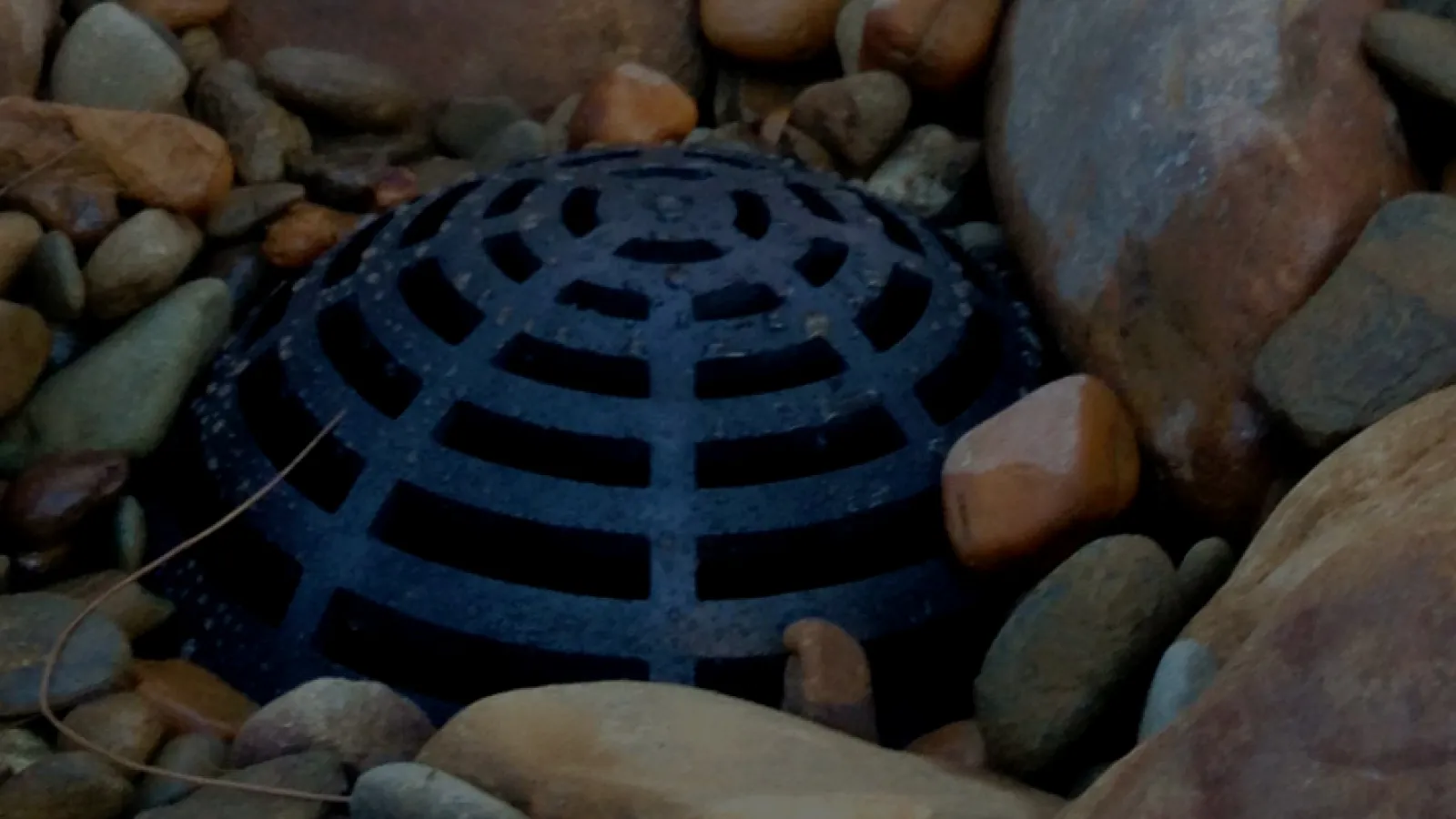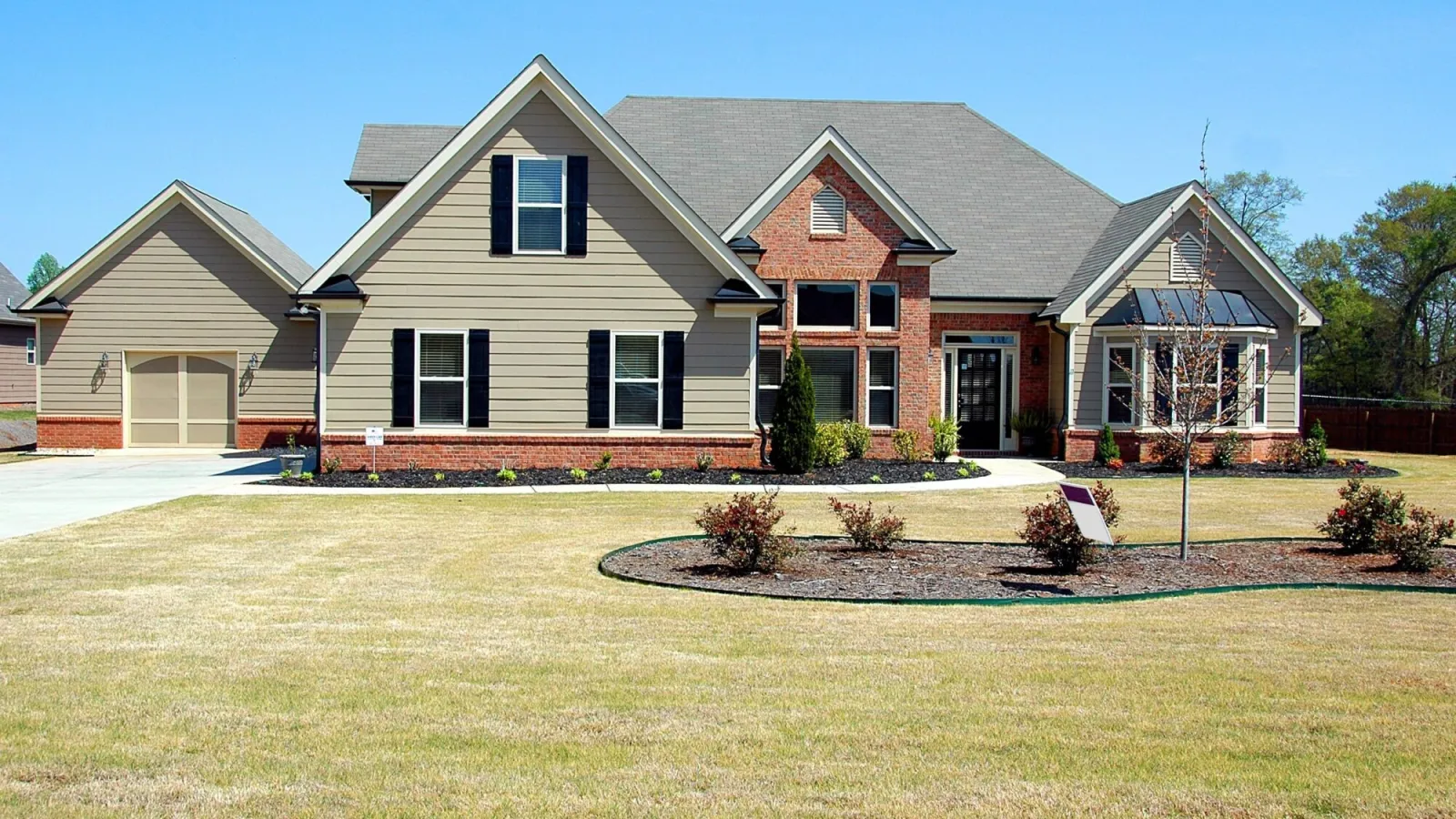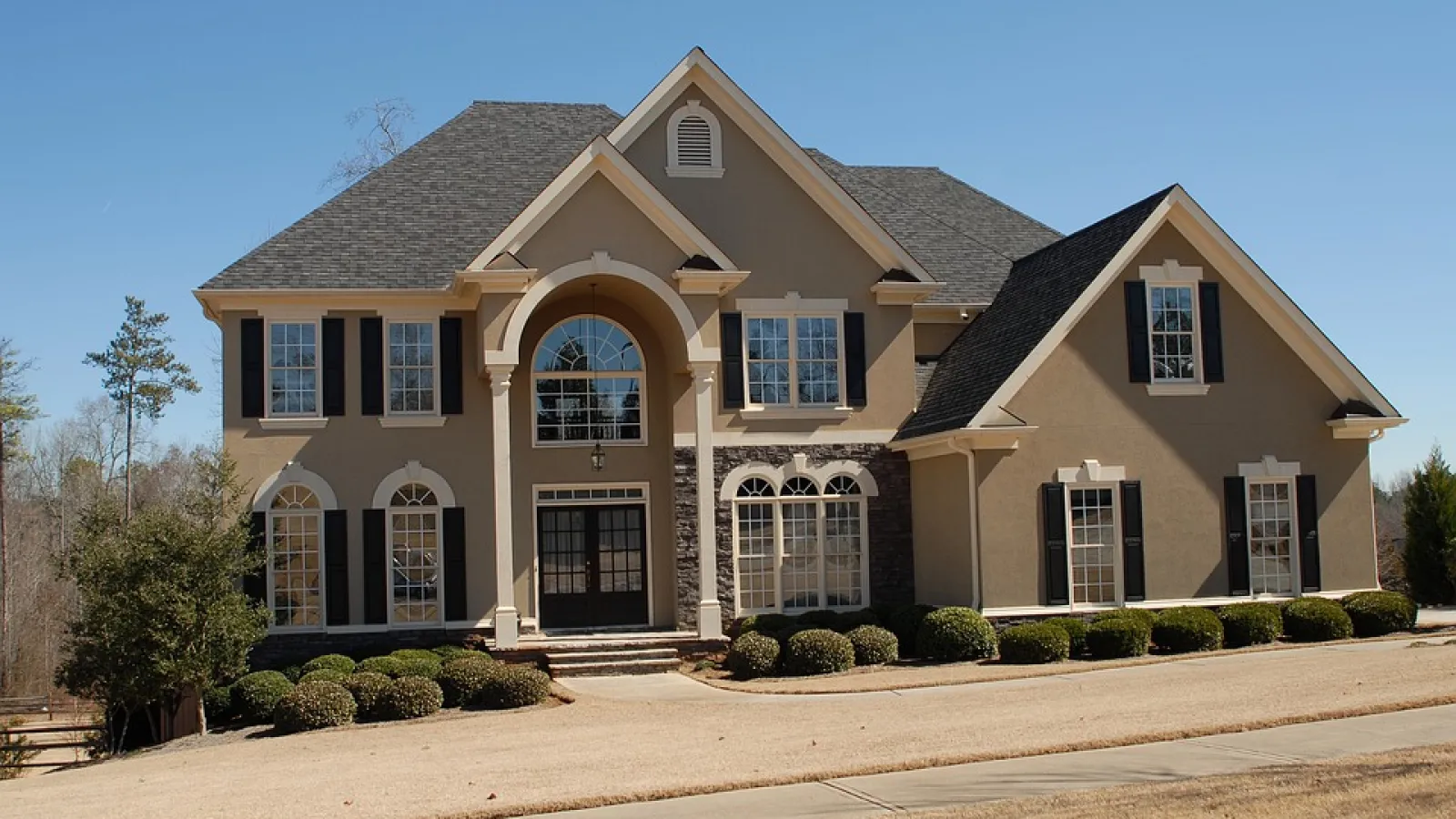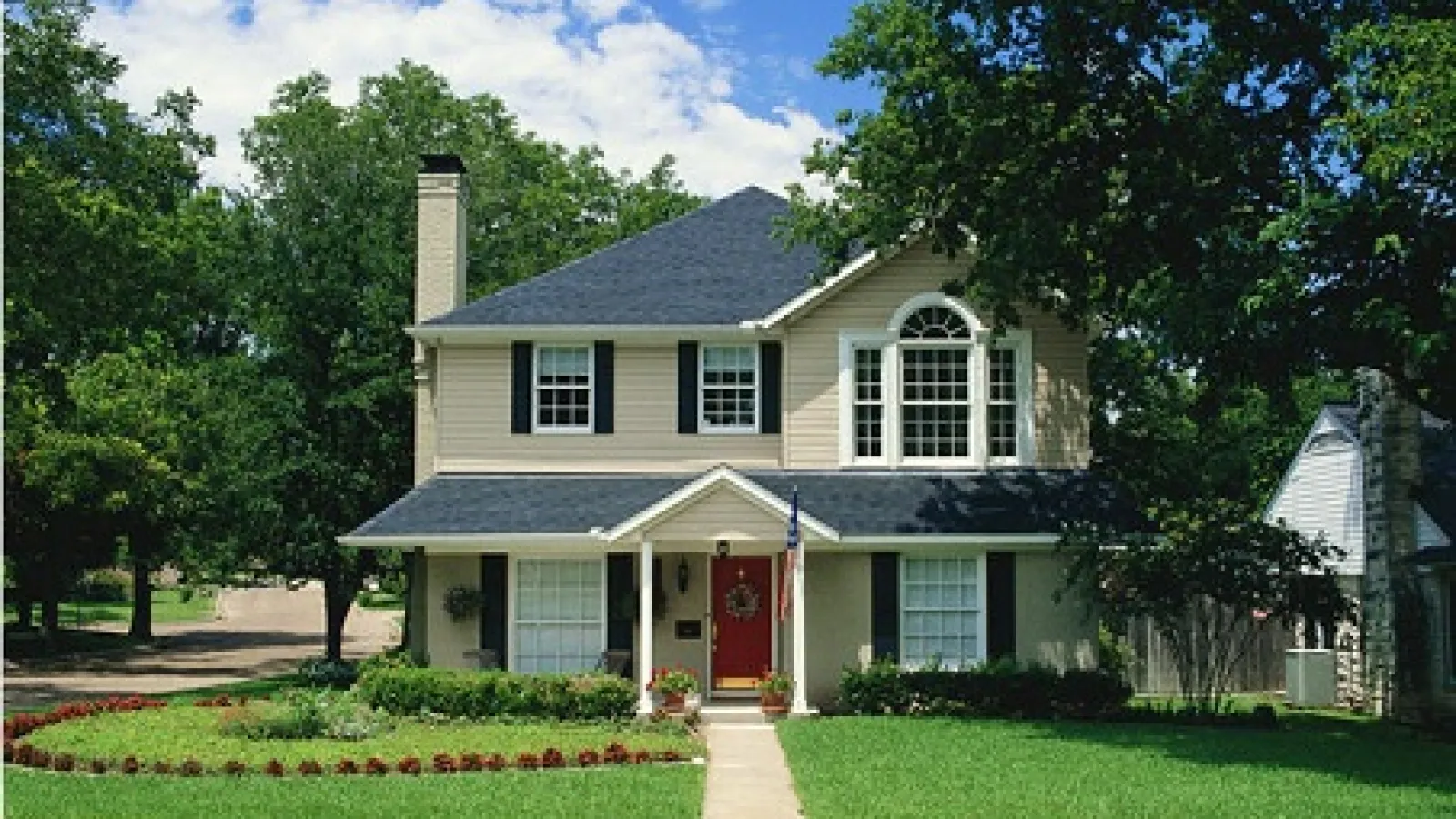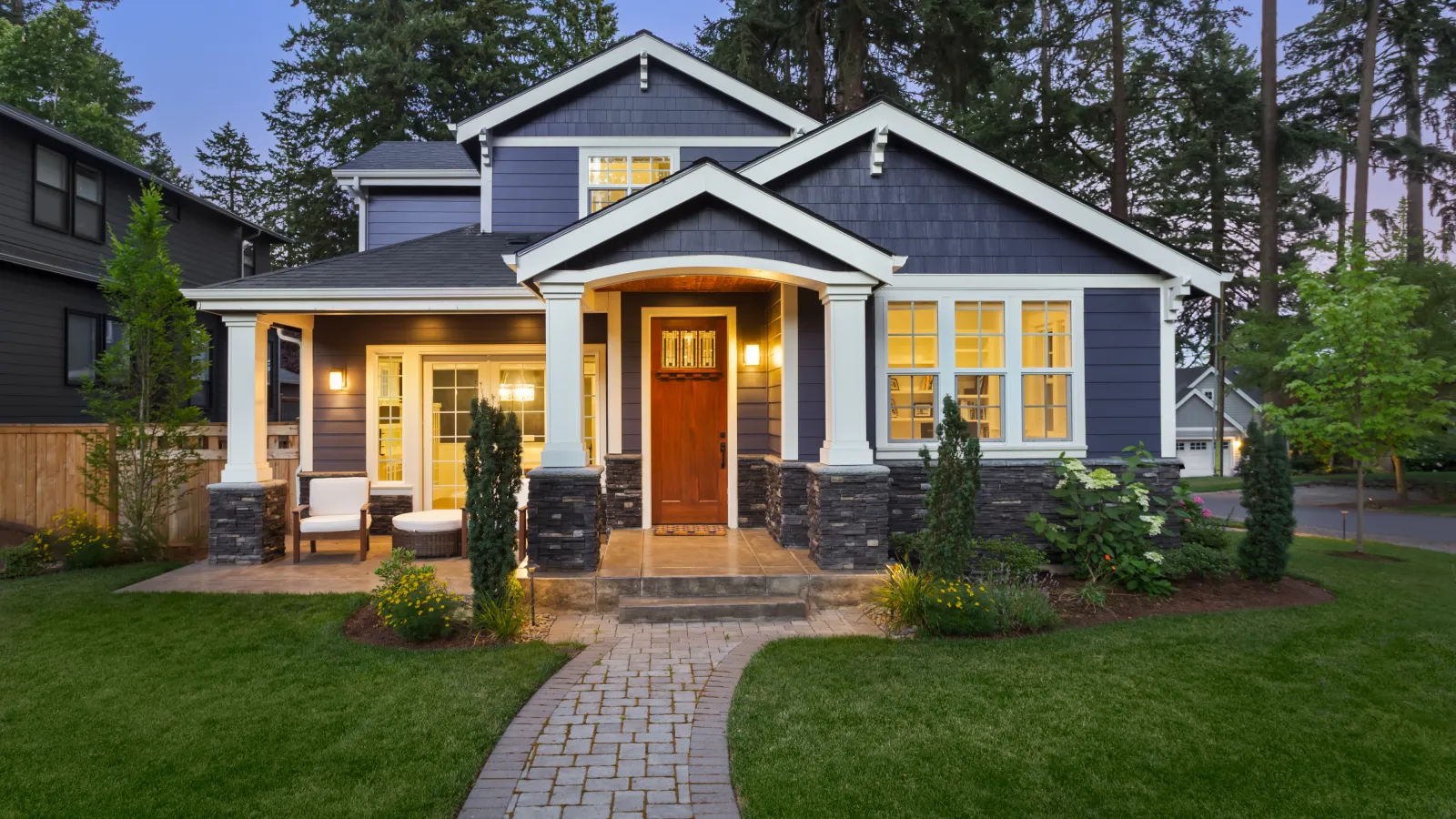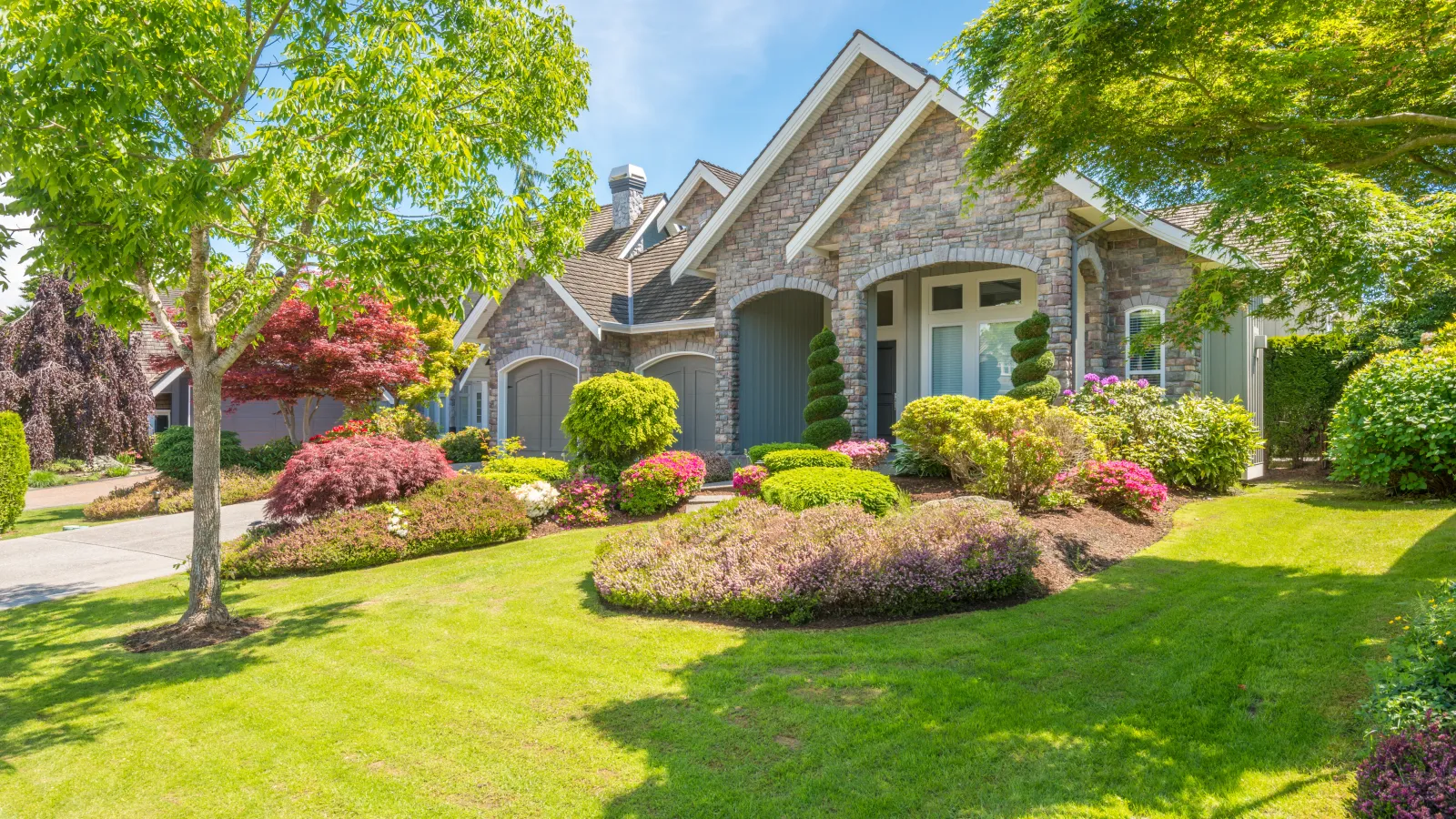
There are two main types of drainage issues that can affect your home’s foundation and landscaping: standing water and erosion. Both can cause numerous problems, including damaging your home’s foundation to killing your beautiful plants, shrubs, and trees. Here are some of the main causes of drainage issues around your home.
Blocked Drains.
Whether you have a city storm drain in your yard or on the street, these key routes for water drainage must be kept clear. Usually, a simple fix of clearing leaves and tree debris away from the drain outlets will solve this common drainage problem. Check storm drains on your property and on nearby streets and alleys to ensure they are clear of debris.
Improper Lot Grading.
The soil and hard surfaces around your home should always slope away from the foundation. Sometimes, soil can settle and may require regrading. Other times, a new home nearby may be graded in a way to direct water onto your property. Rain gardens, berms, and terraces could be installed to help manage water flow. A landscaping company should be able to assist you in determining if your lot is properly graded and in finding solutions to certain drainage issues.
Paving Problems.
Hard surfaces like sidewalks and driveways may also be factors in finding standing water near your foundation after a hard rain. These surfaces should all slope slightly away from your home’s foundation. This will get most of the water moving in the right direction — away from your home!
A sidewalk, patio, or driveway that is close to a foundation can also force water into smaller spaces around that home that are not designed for large amounts of water. Watch for these problems and consider ways to reduce the amount of nonporous paved surfaces near the foundation. In recent years, companies have created more options for a porous driveway, patio, and sidewalk materials. Porous paver systems allow water to go through the surface and into retaining cylinders or the ground. Consider these environmentally friendly options when replacing your walkways, driveway, or patio.
Soil Issues.
With the extreme weather events we experience, soil can easily become saturated, which prevents more water from penetrating the soil surface. Unfortunately, this can cause standing water or erosion, depending on the slope of your lawn and landscape. On top of that, depressions in a lawn often result in ponding of water, especially when the soil is already saturated. When these events happen, the soil can easily become more compacted. Soil aeration is a good annual practice to keep your lawn healthy and prevent standing water in low spots. Finally, the type of soil you have around your home can affect drainage. There may not be much we can do about our Georgia clay, but keep it in mind when evaluating your soil drainage issues.
Clogged Gutters.
Imagine that your gutters are clogged near the drop to the downspout, which is where gutter gunk often collects. Where might the water overflow? Will it flow onto landscaping or paved surfaces? Is there a way for that water to absorb instead of building up? Is the surface sloped away from the house at that spot?
When you have clogged gutters, the overflow of rainwater can damage plants and splash dirt onto your house. Worse yet, the water can pool near the foundation, where it can sneak in through tiny cracks or fill up window wells. Pretty soon, you have water in your basement! Avoid these problems with regular gutter cleaning, or consider gutter guards to help prevent gutters from becoming clogged. It will provide peace of mind so you can continue to enjoy your home instead of fixing problems that can be much more expensive and difficult to repair. Learn more about the consequences of clogged gutters.
Misdirected Downspouts.
The downspouts from your gutters should always be properly aimed to direct water down and away from your home. The rainwater or water runoff can be directed to underground drainage systems, as well. Underground drainage solutions provide a cleaner look in your landscape. They also take the water away from the surface, where water can stand for hours or days after a rain.
If you haven’t checked your downspouts lately, do it yourself by making sure all connections between the vertical and horizontal downspouts are secure! The seams between gutters and downspouts can work their way loose over time, so it’s a good idea to check them for secure connections. Even if you have seamless gutters, it is likely you’ll have connections between the downspout and elbow that lead water away from your home. Be sure to check them out.
Drainage issues around the home should be addressed as soon as possible after you notice them. Pay attention to what happens to water when it rains, and contact us anytime to get your gutter cleaning scheduled. We will make sure your gutters provide a free flow of water from the highest points on your roof all the way down to where the water flows out of the downspout.
